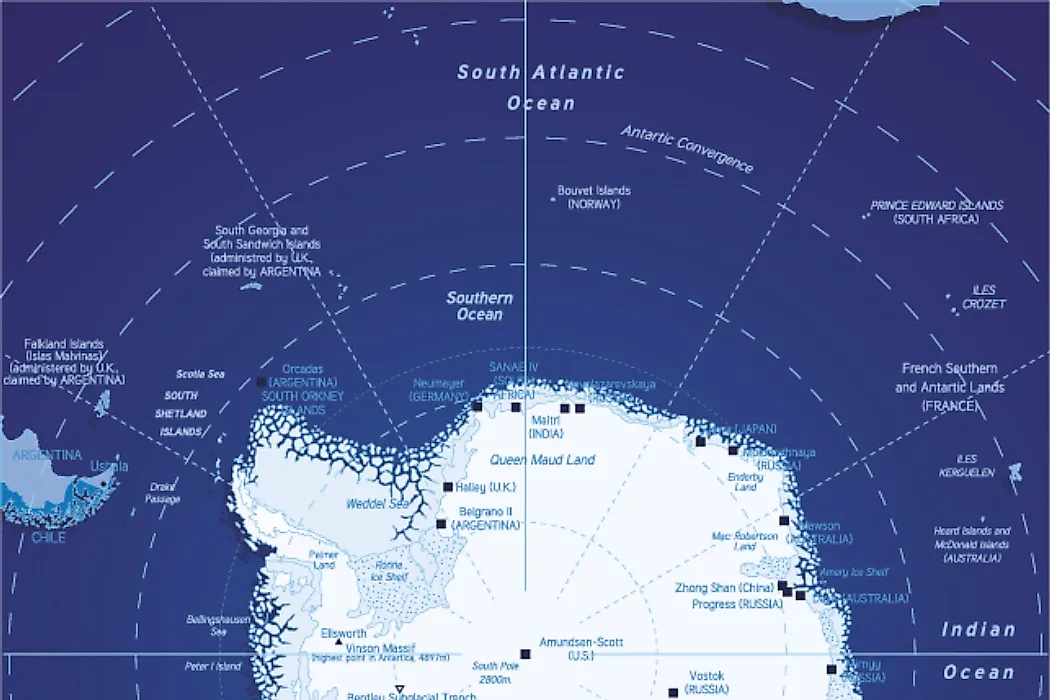What Was the Vela Incident?

A US Vela Hotel satellite captured the Vela Incident, also known as the South Atlantic Flash on September 22, 1979. The incident was a double flash of light that beamed off Antarctica near the Prince Edward Islands. To date, there is no official account of what caused the double flash leading to several hypotheses being advanced on the probable cause. Some sources claim that the incident was characteristic of a nuclear test while others believe that the flash was as a result of an aging satellite generating electrical signals. Other sources also claim that the lights were as a result of a meteor hitting a Vela satellite. Although investigations remain classified, investigators ruled out an explosion.
Detection of the Vela Incident
American Vela satellite 6911 detected the incident while on its routine check on nuclear-test explosions that breached the Partial Nuclear Test Ban Treaty. This satellite also had the capacity to detect x-rays, neutrons, and gamma rays. On this day, the satellite reported a possible nuclear explosion somewhere between the Crozet Islands and the Prince Edward Islands (South Africa territory) in the middle of the Indian Ocean. However, additional scanning using US and NATO equipment of the area did not give a sufficient conclusion. Furthermore, studies of wind patterns suggested an activity like an explosion. Initial assessment pointed to a low-yield nuclear explosion, but, US Airforce later released a statement clarifying that the event was not a nuclear explosion but may have been a bomb blast or some natural phenomena including a combination of lightning and a meteor. Much later, the United States National Security Council (NSC) revised this position as inconclusive and directed South Africa to shed more light on what had transpired near its overseas territory. Critics claim that the American President Jimmy Carter, who was facing re-election at the time, manipulated the investigations for a political mileage.
Possible Responsible Countries
Several nations became suspects for being responsible for the double flash including Israel, South Africa, USSR, India, Pakistan, and France.
Israel
Long before the incident, US intelligence suggested Israel had nuclear weapons. Furthermore, independent investigations differently conducted by authors Seymour Hersh, Leonard Weiss, Thomas C. Reed, and Richard Rhodes suggested that Israel had cooperated with South Africa to test a nuclear weapon with the knowledge and protection of Carter’s administration. Reed continues to claim that the incident was an Israeli neutron bomb that was meant to go undetected by testing it during a window of opportunity when no active vela satellite observed the area.
South Africa
The location of the incident was within South Africa’s territory and, at the time, the country had a nuclear weapons program. However, South Africa had ratified the Partial Test Ban Treaty and therefore had nothing to hide. After apartheid, South Africa disclosed all of its nuclear weapons information and it became a common consensus that at the time of the incident, the country had no capacity to construct such a bomb. Furthermore, two years before the incident, the UN Security Council Resolution had put an arms embargo against South Africa, requiring all states to refrain from "any co-operation with South Africa in the manufacture and development of nuclear weapons."
USSR
Other sources claimed that the Soviet Union might have been responsible for the incident to secretly violate the 1963 Partial Nuclear Test Ban Treaty. Proponents of this claim cite the USSR’ 1959 secret underwater tests.
India
In 1974, India conducted the Smiling Buddha nuclear test. Although India’s test was legal, the country became a suspect because it was capable and its navy frequented the region.
France
A final theory is that French territory of Kerguelen Islands was not far to the west of the double flash location and therefore it was possible for them to test a small neutron bomb.











